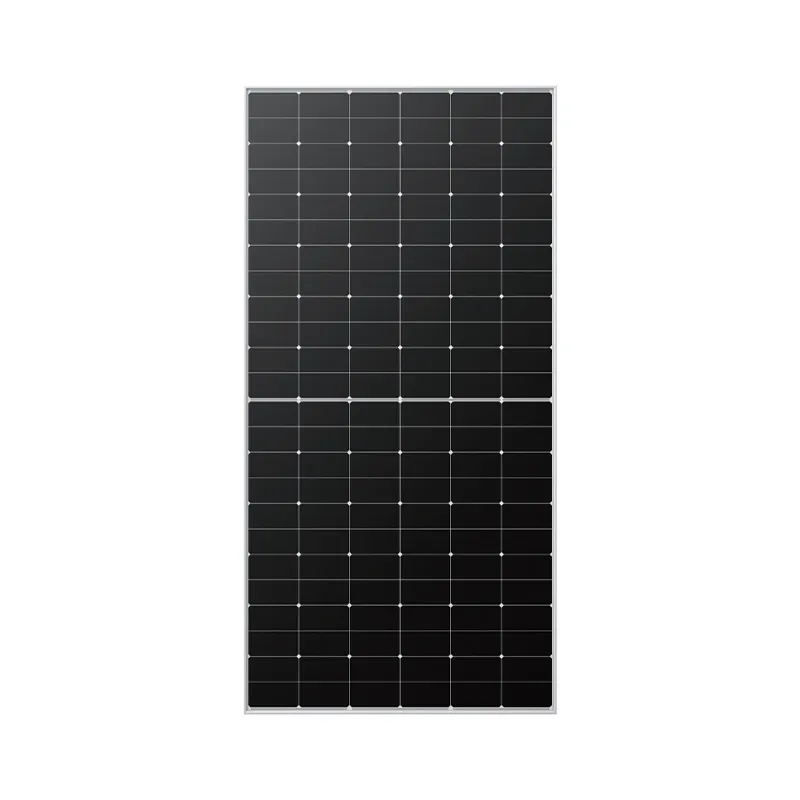Understanding the Dimensions and Specifications of Monocrystalline Solar Panels
Understanding Monocrystalline Solar Panel Sizes A Comprehensive Guide
As the world increasingly turns to renewable energy sources, solar power remains a leading option for both residential and commercial use. Among various types of solar panels, monocrystalline solar panels are widely recognized for their efficiency and space-saving capabilities. However, when considering the installation of these panels, prospective buyers often grapple with the question of panel size. This article aims to delve into the various sizes of monocrystalline solar panels and their implications for solar energy systems.
What are Monocrystalline Solar Panels?
Monocrystalline solar panels are made from a single continuous crystal structure. Silicon is used as the primary material, and panels are manufactured by slicing thin discs from a single crystal of silicon. Due to this manufacturing process, monocrystalline panels are known for their high efficiency rates, typically ranging from 15% to 22%. This is contrasted with polycrystalline panels, which are made from multiple silicon crystals and generally offer lower efficiency.
Common Sizes of Monocrystalline Solar Panels
Monocrystalline solar panels come in various sizes, with the most common dimensions being 60-cell and 72-cell configurations.
1. 60-Cell Panels These are typically used in residential solar energy systems. A standard 60-cell monocrystalline panel measures about 65 inches in height and 39 inches in width. This dimension allows for an efficient conversion of sunlight into electricity while being manageable in size for most rooftops.
2. 72-Cell Panels These panels are designed for larger installations, often found in commercial settings. A standard 72-cell panel measures approximately 77 inches by 39 inches. The larger surface area allows for increased electricity generation, making them a suitable choice for businesses or utility-scale solar farms.
3. Flexible and Specialty Sizes In addition to standard sizes, there are also smaller or flexible monocrystalline panels available. These can be particularly useful in non-traditional installations, such as RVs, boats, or small residential applications. Sizes can vary significantly, so it’s important to check the specifications from manufacturers.
monocrystalline solar panel size

Factors Influencing Panel Size Selection
When selecting the size of monocrystalline solar panels, several factors come into play
1. Available Space The most pressing constraint for many users is the available roof space. For homeowners with limited roof space, 60-cell panels may be a better fit, allowing for flexibility in installation while maximizing energy output.
2. Energy Needs The total energy consumption of a household or business will dictate how many panels are required. Prospective users should conduct an energy audit to determine their needs and select the panel size accordingly.
3. Aesthetic Considerations Some homeowners prioritize the aesthetic impact of solar energy systems. Smaller panels can sometimes be integrated more seamlessly into the design of a home, while larger panels may be more noticeable.
4. Budget Size can also influence cost. While larger panels may provide more energy output per panel, they can also carry a higher price tag. Buyers must consider their budget and the long-term savings associated with higher-efficiency panels.
Conclusion
Choosing the right size of monocrystalline solar panels is crucial for maximizing energy efficiency and aligning with your energy needs. With the available options ranging from 60-cell to 72-cell panels and specialty sizes, solar power can be tailored to suit various applications. By carefully assessing the factors of space, energy requirements, aesthetics, and budget, consumers can make informed decisions that lead to effective and sustainable energy solutions. As solar technology continues to advance, understanding these key elements will empower users to harness the sun's power effectively.
-
String Solar Inverter: The High-Efficiency Solution for Smart Solar EnergyNewsJul.14,2025
-
Revolutionizing Rooftop Energy with the Power of the Micro Solar InverterNewsJul.14,2025
-
Power Independence with Smart Off Grid Solar Inverter SolutionsNewsJul.14,2025
-
On Grid Solar Inverter: Powering the Future with Smart Grid IntegrationNewsJul.14,2025
-
Monocrystalline Solar Panels: High-Efficiency Power for the Future of Clean EnergyNewsJul.14,2025
-
Bifacial Solar Panel: A Smarter Investment for Next-Generation Energy SystemsNewsJul.14,2025







